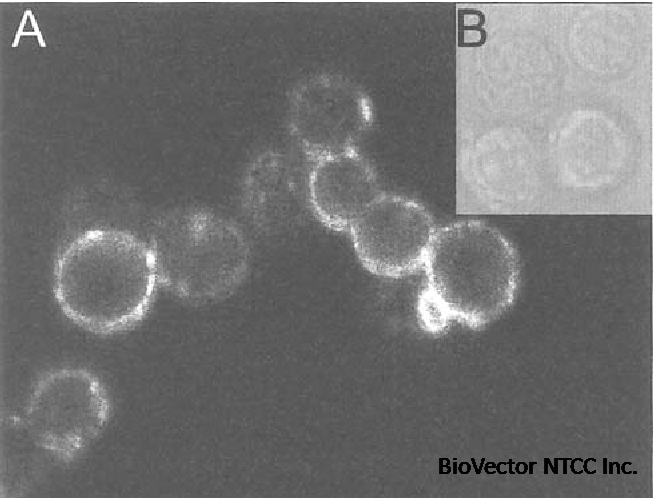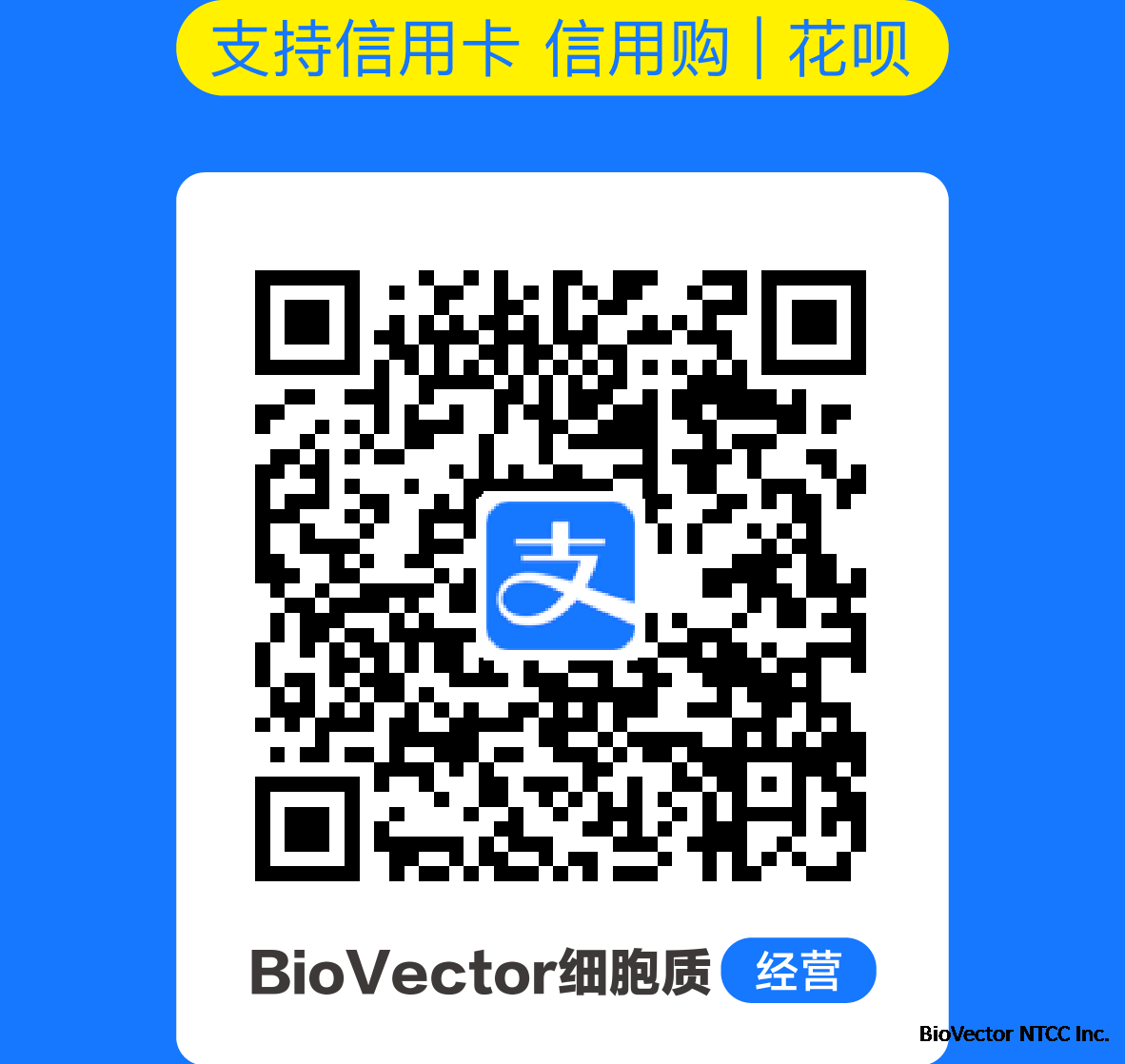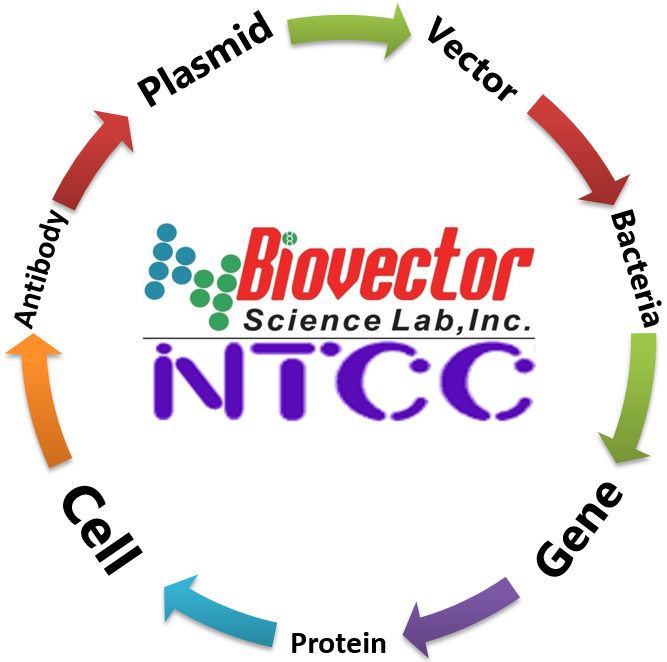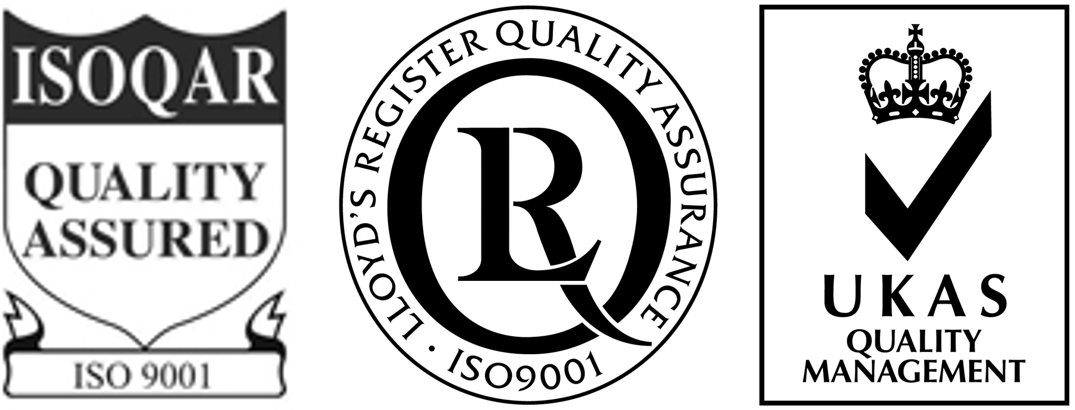This cell line is now available as NTCC®CRL-1976.NM formulated in the new McCoy’s 5A Medium, Peptone-Free
- Product category
- Human cells
- Organism
- Homo sapiens, human
- Cell type
- epithelial cell
- Morphology
- fibroblast
- Tissue
- Uterus
- Disease
- Sarcoma; Uterine
- Applications
- 3D cell culture
- Product format
- Frozen
Growth properties
Adherent
Derivation
The MES-SA cell line was established from a surgical tumor specimen obtained at the time of hysterectomy.
Initially, the cells were grown in soft agar, and later they were transferred to multiwell plates.
Age
56 years
Ethnicity
White
Gender
Female
Karyotype
This is a hypo-diploid human cell line with the modal chromosome number of 45 in 48% of cells examined. The rate of polyploidy was 2.7%. There were five or six marker chromosomes present in each cell. Whereas t(5q6p), 10q+, and 14q+ markers were common in all cells examined, the chromosome combination of either double copy N21 lacking M5 (66.7%) or t(21qter--->C--->?)(M5)/single copy N21/minute metacentric (33.3%) distinguishes the two coexisting clones. Both X chromosomes were normal.
Tumorigenic
Yes;
Yes, readily form colonies in soft agar.
Yes, tumors developed within 21 days at 100% frequency (5/5) in nude mice inoculated subcutaneously with 10(7) cells.
Comments
The tumor was described as a poorly differentiated uterine sarcoma.
The nonepithelial origin of the cells was supported by ultrastructural studies and the absence of staining for mucin.
The cells are sensitive to a number of chemotherapeutic agents including doxorubicin, dactinomycin, mitomycin C, taxol and bleomycin. They are resistant to vinblastine, dacarbazine, cisplatin, melphalan, vincristine, methotrexate and etoposide.
This cell line is now available as CRL-1976.NM formulated in the new McCoy's 5A Medium, Peptone-Free (ATCC 30-2011).
Handling information
Unpacking and storage instructions
Check all containers for leakage or breakage.
Remove the frozen cells from the dry ice packaging and immediately place the cells at a temperature below -130°C, preferably in liquid nitrogen vapor, until ready for use.
Complete medium
The base medium for this cell line is ATCC-formulated McCoy's 5a Medium Modified, Catalog No. 30-2007. To make the complete growth medium, add the following components to the base medium: fetal bovine serum to a final concentration of 10%.
Temperature
37°C
Handling procedure
To insure the highest level of viability, thaw the vial and initiate the culture as soon as possible upon receipt. If upon arrival, continued storage of the frozen culture is necessary, it should be stored in liquid nitrogen vapor phase and not at -70°C. Storage at -70°C will result in loss of viability.
Thaw the vial by gentle agitation in a 37°C water bath. To reduce the possibility of contamination, keep the O-ring and cap out of the water. Thawing should be rapid (approximately 2 minutes).
Remove the vial from the water bath as soon as the contents are thawed, and decontaminate by dipping in or spraying with 70% ethanol. All of the operations from this point on should be carried out under strict aseptic conditions.
Transfer the vial contents to a centrifuge tube containing 9.0 mL complete culture medium. and spin at approximately 125 x g for 5 to 7 minutes.
Resuspend cell pellet with the recommended complete medium (see the specific batch information for the culture recommended dilution ratio). and dispense into a 25 cm2 or a 75 cm2 culture flask. It is important to avoid excessive alkalinity of the medium during recovery of the cells. It is suggested that, prior to the addition of the vial contents, the culture vessel containing the complete growth medium be placed into the incubator for at least 15 minutes to allow the medium to reach its normal pH (7.0 to 7.6).
Incubate the culture at 37°C in a suitable incubator. A 5% CO2 in air atmosphere is recommended if using the medium described on this product sheet.
Subculturing procedure
Remove spent medium, add fresh EDTA solution (0.15 g disodium EDTA, 4.0 g NaCL, 0.28 g sodium bicarbonate, 0.5 g dextrose and 0.2 g KCl dissolved in 500 mL double distilled water). Allow the cells to sit at room temperature for a few minutes, and dislodge the cells by rapping the side of the flask sharply with the palm of your hand. Add fresh medium, aspirate and dispense into new flasks.
Subcultivation Ratio: A subcultivation ratio of 1:6 to 1:8 is recommended
Medium Renewal: 2 to 3 times per week
Note: Newborn calf serum may be substituted for fetal bovine serum.
Reagents for cryopreservation
Complete growth medium supplemented with 5% (v/v) DMSO (ATCC 4-X)
Quality control specifications
Mycoplasma contamination
Not detected
Population doubling time
Approximately 22 to 24 hrs
STR profiling
Amelogenin: X
CSF1PO: 11
D13S317: 11,13
D16S539: 11,12
D5S818: 13
D7S820: 7,11
TH01: 6
TPOX: 8,11
vWA: 18
D3S1358: 14,17
D21S11: 29,30.2
D18S51: 12,15
Penta_E: 7,10
Penta_D: 13,15
D8S1179: 14,15
FGA: 20,25
D19S433: 14.2,15
D2S1338: 17
History
Deposited as
Homo sapiens
Depositors
BI Sikic
Year of origin
1980
Image

生产厂家Supplier:
BioVector NTCC质粒载体菌株细胞蛋白抗体基因保藏中心
E-mail:BioVector@163.com




